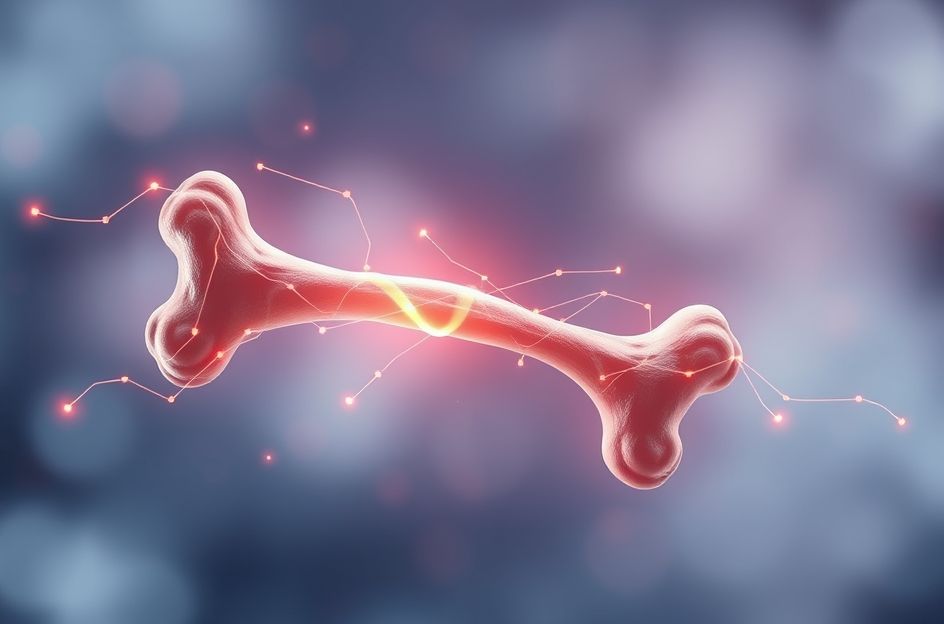Bone cancer, a rare disease affecting children more frequently than adults, can originate in the bone (primary) or spread from another location (secondary). The skeletal system, comprised of over 200 bones, provides crucial support and protection for internal organs, such as the heart and lungs. These bones consist of osteocytes, strengthened by a calcium-like substance, and contain bone marrow responsible for producing blood cells.
Primary bone cancer is uncommon, accounting for less than 1% of all bone cancers. While it can develop in any bone, it’s most prevalent in the arms and legs. Osteosarcoma represents the most frequent type of primary bone cancer. While the exact causes remain unclear, adults with Paget’s disease face a heightened risk.
Secondary bone cancer, conversely, is more widespread. It arises when cancer from another site, like the breast, prostate, lung, kidney, or thyroid, metastasizes to the bone. Importantly, this is still classified and treated based on the origin of the cancer.
Pain constitutes the primary symptom of bone cancer. The specific symptoms can vary based on the tumor’s location and size. Tumors near joints may induce swelling or tenderness. Bone cancer can also impair movement and weaken bones, occasionally leading to fractures. Other potential symptoms include fatigue, fever, weight loss, and anemia. These symptoms aren’t definitive indicators of cancer and may stem from other conditions, necessitating medical evaluation.
Key signs and symptoms of bone cancer include:
* Persistent pain in bones and joints
* Increased pain intensity at night
* Swelling around bones and joints
* Increased susceptibility to fractures
* Unexplained weight loss
* Unexplained fatigue
Patients might experience persistent bone pain, swelling, or tenderness, and potentially sustain fractures without significant trauma.
While exposure to cancer-causing agents is unavoidable, lifestyle choices significantly impact cancer risk. Dietary factors contribute to a substantial proportion of cancer cases. The body possesses natural defense mechanisms; however, inadequate nutrition, lack of exercise, and exposure to harmful substances can weaken these defenses, increasing vulnerability to cancer. Prioritizing health through proper nutrition and exercise is vital for disease prevention.
Treatment for bone cancer is individualized, considering factors like the type, location, size, and extent of the tumor, along with the patient’s age and overall health. Early detection significantly improves treatment outcomes. Regular medical check-ups and awareness of potential symptoms are essential for timely diagnosis and intervention.
